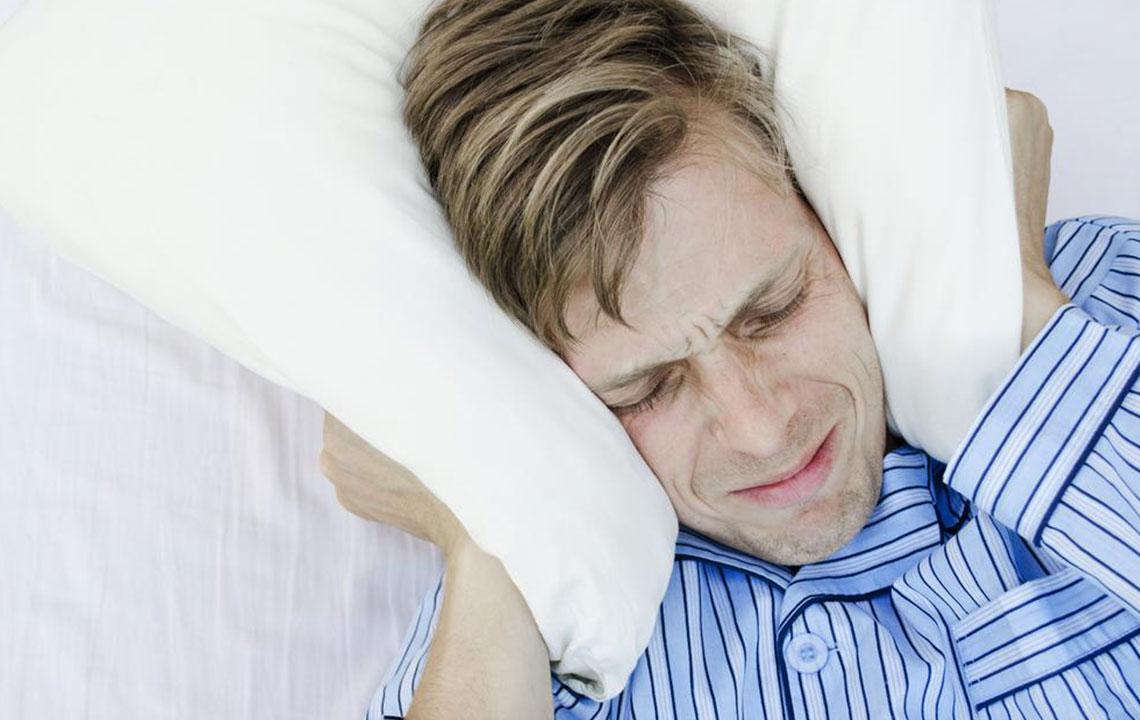Comprehensive Guide to Common Sleep Disorders and Proven Treatment Strategies
This comprehensive guide explores common sleep disorders such as insomnia, sleep apnea, parasomnias, restless leg syndrome, and narcolepsy. It discusses their causes, symptoms, and effective management options, including lifestyle modifications and medical treatments. Improving sleep quality is essential for mental and physical health, and understanding these conditions can lead to better health outcomes and an improved quality of life.

Achieving restful and restorative sleep is fundamental for maintaining optimal mental health and physical well-being. Despite its importance, many individuals endure various sleep disturbances that significantly impair the quality of their rest. These disruptions not only lead to persistent daytime fatigue and reduced concentration but can also contribute to mood disorders such as depression and anxiety. This comprehensive article explores the most prevalent sleep disorders, their underlying causes, symptoms, and effective management approaches, providing valuable insights for those seeking to improve their sleep health.
Types of Sleep Disorders
Sleep disorders encompass a wide range of conditions, each with unique characteristics and challenges. Among these, five of the most common issues are prominently recognized across clinical settings:
Insomnia
Insomnia is one of the most frequently diagnosed sleep problems worldwide. Its hallmark is difficulty initiating or maintaining sleep, resulting in non-restorative nights. The causes of insomnia are diverse, including psychological factors such as stress, anxiety, depression, or physical health issues like digestive problems, chronic pain, or medication side effects. The condition can be episodic, occasional, or chronic, affecting individuals for months or years. Chronic insomnia not only impairs sleep quality but also impacts daytime functioning, leading to irritability, difficulty concentrating, and weakened immune function.
Sleep Apnea
Sleep apnea is a potentially life-threatening disorder characterized by repeated interruptions in breathing during sleep. These pauses in breathing, called apneas, can last from a few seconds to over a minute and often occur dozens of times per night. As a result, oxygen levels in the blood drop, and sleep becomes fragmented. Individuals with sleep apnea frequently wake during the night, often unaware, to resume normal breathing. Common risk factors include obesity, enlarged tonsils, certain anatomical features, and lifestyle factors like smoking. The disorder is associated with increased risk of cardiovascular diseases, stroke, and metabolic issues.
Parasomnias
Parasomnias are a group of abnormal behaviors or physiological events occurring during sleep, sleep-walking, talking, or experiencing vivid nightmares. These behaviors can be disruptive or even dangerous, depending on their severity. Sleepwalking (somnambulism), sleep talking, nightmares, teeth grinding (bruxism), and bedwetting are examples of parasomnias. They are often linked to other sleep disorders such as sleep apnea or anxiety disorders. While sometimes benign, parasomnias can interfere with overall restful sleep and may require behavioral therapies or medical interventions for management.
Restless Leg Syndrome
Restless Leg Syndrome (RLS) is a neurological disorder that causes an irresistible urge to move the legs, especially during periods of rest or sleep. This uncontrollable urge is often accompanied by uncomfortable sensations such as tingling, burning, or crawling feelings in the legs. RLS can significantly compromise sleep quality, leading to insomnia and daytime fatigue. Its precise cause remains unknown; however, it has been linked to conditions such as iron deficiency, peripheral neuropathy, ADHD, and Parkinson’s disease. Managing RLS involves addressing underlying causes and lifestyle modifications.
Narcolepsy
Narcolepsy is a chronic neurological disorder characterized by overwhelming daytime sleepiness and sudden sleep attacks. Individuals with narcolepsy may fall asleep unexpectedly during everyday activities, sometimes experiencing episodes of sleep paralysis or hallucinations. The condition results from abnormal regulation of REM sleep, with underlying factors believed to involve genetic and neurological components. It can severely impair daily functioning and increase the risk of accidents. Though incurable, narcolepsy can be managed with medication and lifestyle adjustments to improve alertness and sleep quality.
Effective Management and Treatment Strategies
Addressing sleep disturbances requires a personalized approach that combines lifestyle changes, medical interventions, and sometimes behavioral therapies. Here are some effective strategies to manage and treat common sleep disorders:
Lifestyle Modifications
Maintain a Consistent Sleep Schedule: Going to bed and waking up at the same times every day, including weekends, helps regulate the body’s internal clock.
Avoid Napping During the Day: Especially in the late afternoon or evening, as it can disrupt nighttime sleep patterns.
Limit Consumption of Stimulants: Reducing intake of caffeine, nicotine, and alcohol in the hours before bedtime prevents interference with sleep onset and quality.
Reduce Fluid Intake Before Bed: To minimize nighttime awakenings for bathroom visits.
Choose Light, Easily Digestible Evening Meals: Heavy or spicy foods can cause discomfort that hampers sleep.
Increase Intake of Vegetables and Fish: These foods contain nutrients that support sleep, such as magnesium and omega-3 fatty acids.
Engage in Regular Physical Activity: Exercise reduces stress and can improve overall sleep quality, but avoid vigorous activity close to bedtime.
Medical Interventions
Depending on the specific diagnosis, medical treatments may include:
Prescription Sleep Aids and Medications: Used for short-term management of insomnia or narcolepsy, with careful medical supervision.
Treatment for Underlying Conditions: Managing allergies, asthma, or other health issues that contribute to sleep disturbances.
Use of Breathing Devices or Surgery for Sleep Apnea: Such as Continuous Positive Airway Pressure (CPAP) machines or surgical interventions to keep airways open.
Supplementation with Melatonin: Helpful for some sleep disorders, especially those related to circadian rhythm disturbances.
Additional therapies like cognitive-behavioral therapy for insomnia (CBT-I) have proven highly effective in treating chronic sleep difficulties without reliance on medications. Behavioral therapies target negative thoughts and habits around sleep, fostering healthier sleep patterns.
In summary, understanding the various sleep disorders, recognizing their symptoms, and seeking appropriate treatment are crucial steps toward achieving better sleep. Improving sleep quality not only enhances daily functioning but also significantly reduces the risk of numerous health complications, making it a vital aspect of overall wellness.





